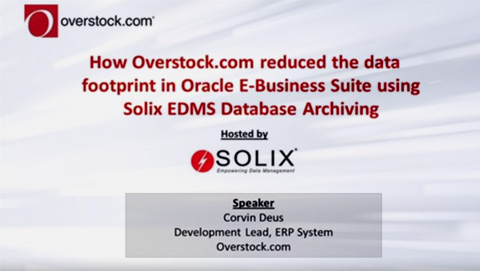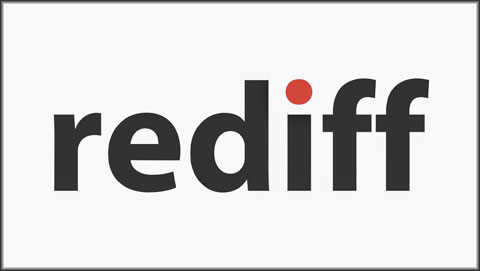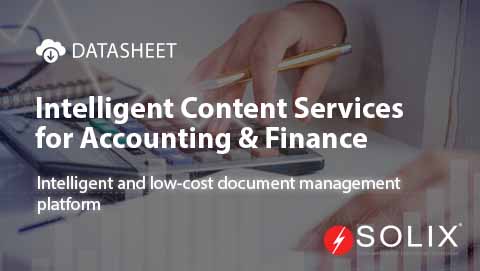Data Tagging
What is Data Tagging?
Data tagging, labeling, or metadata tagging involves attaching descriptive labels or metadata to data elements. These tags provide contextual information about the data, such as its content, format, source, and relevance. By associating meaningful metadata with each data item, organizations streamline data management processes, enhance data usability, improve searchability, and facilitate regulatory compliance.
Difference Between Data Tagging and Data Classification
Data tagging involves attaching descriptive labels or metadata to data elements. These tags provide context about the data’s content, format, source, and relevance. By associating meaningful metadata with each data item, data labeling aims to enhance data organization, searchability, and analysis. Tags can be manually assigned by users or automatically generated through algorithms.
Data classification involves organizing data elements into predefined classes or categories based on their attributes, characteristics, or sensitivity levels. It organizes data according to its importance, confidentiality, or regulatory requirements. By identifying and labeling sensitive or critical data assets, data classification helps prioritize data protection measures, access controls, and compliance efforts.
Significance of Data labeling
- Enhanced Data Discoverability: Tags facilitate quick and precise data search and retrieval, saving time and effort in locating specific information within large datasets.
- Improved Data Organization: Tagging enables systematic data categorization according to various attributes, facilitating better organization and structuring of data repositories.
- Contextual Insights: Tags provide valuable context to data, helping users understand its purpose, significance, and relationship with other data entities.
- Regulatory Compliance: Data labeling supports compliance with data governance regulations by ensuring proper classification, protection, and auditing of sensitive information.
- Facilitates Data Analysis: Tagged data is more conducive to advanced analytics, machine learning, and data mining tasks, as it provides valuable insights into data characteristics and relationships.
Data Tagging Models
Data tagging models encompass various approaches to organizing and applying metadata to data elements. Here’s a breakdown of four common models:
- Hierarchical Model: This model hierarchically structures tags, resembling a tree-like structure with parent and child relationships. It organizes data into nested categories, allowing for a systematic and hierarchical classification.
- Flat Model: The flat model applies tags to data without hierarchical relationships. Each tag exists independently, making it suitable for simpler data organization needs where a hierarchical structure is unnecessary or impractical.
- Segment Model: In the segment model, data is segmented into distinct sections or segments, and tags are applied to each segment. This model is useful for identifying specific data portions and applying relevant metadata to those segments individually.
- Jargon Model: The jargon model involves tagging data using specialized terminology or jargon specific to an industry, domain, or organization. This model enables precise classification and enhances the relevance of metadata within a specific context.
Types of Data Tagging
Data tagging encompasses various types, each serving specific data management and analysis purposes. Here are a few types of data labeling:
- Descriptive Tagging: Assign descriptive labels to data elements based on their content, characteristics, or attributes. Examples include labeling images with keywords describing their content or categorizing documents based on their topics.
- Structural Tagging: Adds structural metadata to data elements to define their format, organization, or relationships within a dataset. For instance, XML or JSON files often use structural labeling to define data hierarchy and relationships.
- Temporal Tagging: Associate timestamps or temporal information with data elements to indicate when they were created, modified, or accessed. It helps to track data changes and to analyze time-dependent datasets.
- Geospatial Tagging: Tags data elements with geographic coordinates or spatial references to indicate their geographical location or spatial extent. This type of tagging is commonly used in GIS (Geographic Information Systems) applications and location-based services.
- Semantic Tagging: Enriches data elements with semantic annotations or metadata to capture their meaning, context, or relationships with other entities. Semantic tagging enhances data interoperability, searchability, and comprehension by machines and humans.
- Taxonomic Tagging: Classifies data elements into predefined taxonomies or hierarchical categories based on their attributes or characteristics. It helps organize data in a structured manner, facilitating data retrieval and analysis.
- User-Defined Tagging: Users can create custom tags or labels for data elements based on their specific needs or preferences. User-defined labeling enables personalized data organization and enhances user engagement in data management processes.
- Compliance Tagging: This process applies tags or labels to data elements to indicate compliance with regulatory requirements, industry standards, or organizational policies. It helps ensure data governance, security, and regulatory compliance.
- Quality Tagging: This process tags data elements to indicate their quality, reliability, or trustworthiness. It may include metrics such as data accuracy, completeness, and consistency, helping users assess data reliability for analysis and decision-making.
Best Practices for Data Labeling
- Define Tagging Taxonomy: A standardized and consistent tagging nomenclature ensures clarity and uniformity across all tagged information elements. Define clear guidelines for naming conventions, abbreviations, and terminology in tags.
- Maintain Consistency: Enforce consistent labeling conventions across all data assets to ensure uniformity and ease of retrieval. Consistency in nomenclature simplifies data retrieval, fosters understanding, and reduces user ambiguity.
- Constructing a model: Develop a tagging model aligning with objectives, data strategy, and user needs. This model should define the taxonomy, hierarchy, and relationships, considering data complexity, scalability, and flexibility.
- Relevance and Periodicity: Tag only relevant data attributes to avoid clutter and maintain the clarity of metadata. Periodically review and update tagging schemes to accommodate evolving information landscapes and organizational needs.
- Automating the process: Automated tagging reduces manual effort, minimizes human error, and accelerates the tagging of large datasets. Continuously refine and validate automated tagging algorithms to ensure the accuracy and relevance of tags.
- Invest in Metadata management tools: These tools provide centralized repositories for storing and managing metadata, offer features for tag validation, synonym management, and version control, and facilitate integration with existing data management systems.
- Providing training and documentation: To promote effective data labeling practices, provide users with training and documentation on tagging procedures, guidelines, and best practices.
In conclusion, Data labeling is a fundamental practice for efficient data management, enabling organizations to unlock the full potential of their data assets. By adopting robust labeling methodologies and adhering to best practices, businesses can harness the power of metadata to drive informed decision-making, enhance operational efficiency, and gain a competitive edge in today’s data-driven landscape.
FAQ
How does data labeling contribute to regulatory compliance?
It ensures that sensitive information is classified correctly, protected, and audited, facilitating compliance with data governance regulations such as GDPR and HIPAA.
How can organizations measure the effectiveness of their data labeling strategies?
Organizations can measure the effectiveness of their data labeling strategies by evaluating factors such as search efficiency, data retrieval accuracy, user feedback, and adherence to labeling standards.
How does semantic tagging differ from other types of data tagging?
Semantic tagging focuses on capturing the meaning and relationships between data elements, whereas other types of labeling primarily address attributes such as format, structure, or temporal aspects of data.
Are there industry-specific standards or frameworks for data labeling?
Various industries have developed standards or frameworks for data labeling, such as Dublin Core for digital resources, IPTC for media metadata, and XBRL for financial reporting.





